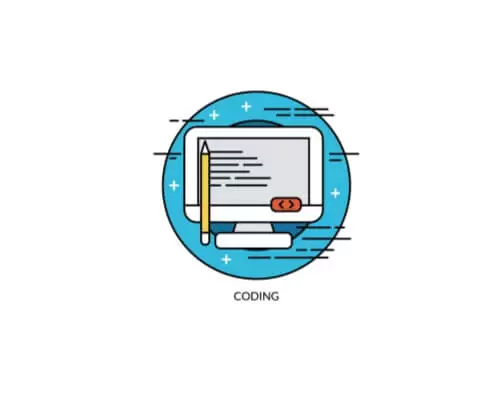It is necessary to make it and teaching coding part of childhood education.
This is because coding continues to become one of the most important 21st-century skills.
Fortunately, coding schools exist to ensure kids learn to code in preparation for their future careers.
If you are a first-time educator teaching kids how to code, it can be a challenging task.
You may need to debunk common myths about coding and ensure that kids learn to code while maintaining an enjoyable learning experience.
Here are ideas to help you teach kids how to code in the classroom successfully.
Quick Overlook
Do Your Research Before Teach Coding
The first step to teaching kids is ensuring you are well-prepared for the task.
Research the resources you need and establish whether you have all the essentials for your classes.
Besides reliable internet and computers, you also need to bear in mind your students’ ages to tailor your lessons accordingly.
With the right resources to facilitate your teaching, your students can learn to code successfully and gain valuable skills.
Kids Have Varying Learning Abilities
Every child has a unique learning ability.
Some kids can grasp concepts fast, while others take more time and may need extra help.
When teaching kids in a classroom, take into account their learning differences.
Doing so allows you to tailor your teaching to cater to all students according to their needs.
Consider differentiating your learners according to their abilities and issuing varying instructions and assessments to the different groups.
This way, you get a clear picture of students who need more help to learn to code.
Tap Into Learner’s Passion When Teaching Coding
When teaching coding in class, try to align it with the learners’ interests by relating coding to what they are passionate about.
For example, if a student is passionate about video games, you can teach them to code using programs that focus on game design.
From storytelling and animations to reading books, you can always find an app that teaches your students how to code in their areas of interest.
Learners realize that they can use coding to create apps and solve problems in their fields of interest.
Encourage Teamwork
Childhood education thrives on teamwork, peer-to-peer learning, and social activities.
Turn teaching coding lessons into a social affair by issuing coding group projects and letting learners work together.
You can also sign up your students in online programs that allow them to work with kids from other schools.
If you lack adequate resources for every learner to use, you can take advantage of the situation to make it a group learning process.
This encourages teamwork and allows for peer-to-peer education, which may be more effective in helping struggling learners.
Make It Fun When Teaching Coding
A common misconception about teaching coding is that it is repetitive and boring.
To boost the learning experience, make coding fun by encouraging creativity and experimentation.
Find age-appropriate tools for learners to explore so they don’t have to only rely on reading.
Some of the apps and websites to consider are Scratch for animations and games and Hopscotch for kids between ages six and12 years.
You can also encourage creativity by allowing learners to actualize their ideas, be it games, drawings, or animations.
By making coding classes a fun activity, learners get more engaged, sustain their interest, and learn to code more confidently.
Be Involved
You don’t have to read out instructions or rely only on slides when teaching coding in the classroom.
Consider live coding as part of your teaching routine where you create programs in front of your students.
Your students will learn better from watching you code, and you get an opportunity to follow their interests.
They also grasp how to diagnose and correct coding errors more clearly than they would with books.
Since mistakes are inevitable when coding, students learn that it is okay to make mistakes when they see you do it instead of getting discouraged.
Ensure that you don’t set yourself up as an expert as it tends to intimidate your learners and limit their exploration.
Instead, position yourself as a guide to help them learn to code more freely.
Focus on One Language at a Time
Mastery of a subject is necessary for the successful transfer of skills.
When teaching kids to code, stick to one programming language at a time.
Doing so allows your students to learn to code more efficiently as they focus on one subject.
Once they have progressed enough to transfer their knowledge between languages, you can introduce a second language.
Juggling different programming languages at once confuses learners, lowers their confidence, and ultimately impairs their learning.
Coding as part of childhood education is an excellent way to prepare kids for the tech-oriented workplace.
With the above tips, you can help your students learn to code in the classroom and boost their programming confidence.
